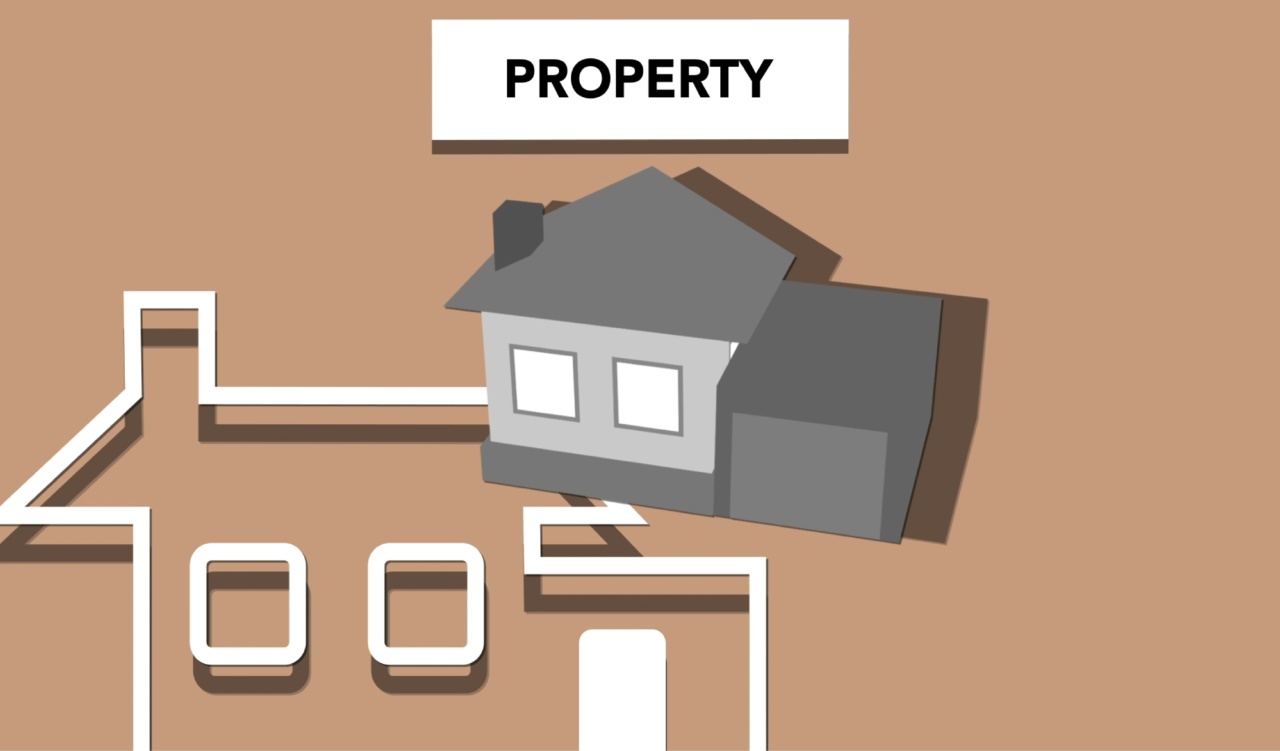When it comes to protecting our homes, one important aspect to consider is housing insurance. In the unfortunate event of damage or loss, a comprehensive housing insurance policy can provide financial compensation.
However, understanding how insurance compensation is calculated can often be confusing and complex. In this article, we will demystify the calculation of housing insurance compensation, breaking it down into simple and understandable terms.
H2: What is Housing Insurance Compensation?
Housing insurance compensation is the monetary amount provided by the insurance company to the policyholder in the event of a covered loss or damage.
This compensation aims to help the insured rebuild, repair, or replace their home or belongings, depending on the terms and conditions of the insurance policy.
H2: Coverage Types and Limits
Before delving into the calculation of housing insurance compensation, it’s essential to understand the different coverage types and limits that a policy may offer. Common coverage types include:.
- 1. Dwelling Coverage – Provides compensation for the main structure of your home.
- 2. Contents Coverage – Covers the belongings within your home.
- 3. Additional Living Expenses Coverage – Reimburses for the cost of alternative accommodation if your home becomes uninhabitable.
- 4. Personal Liability Coverage – Protects you against liability claims for accidents or injuries that occur on your property.
Each coverage type may have its own specific limits, which determine the maximum compensation amount payable under each category. It’s crucial to carefully review these limits and ensure they align with your needs and property value.
H2: Factors Influencing Housing Insurance Compensation Calculation
Calculating housing insurance compensation involves considering various factors. These factors may include:.
- 1. Insurance Policy Terms – The terms and conditions stated in your insurance policy will determine the extent of coverage and compensation eligibility in specific situations.
- 2. Replacement Cost vs. Actual Cash Value – Insurance policies may use either the replacement cost or actual cash value (ACV) method for determining compensation. The replacement cost refers to the cost of replacing the damaged property with a new one, while ACV subtracts depreciation from the property’s value.
- 3. Deductible – The deductible is the amount the insured must pay out of pocket before the insurance coverage kicks in. A higher deductible may lower insurance premiums but also reduce the compensation amount.
- 4. Valuation of Property – Insurance companies assess the value of the property, including the dwelling and contents, to determine the compensation amount for covered losses.
- 5. Pre-loss Condition – Compensation calculations take into account the pre-loss condition of the property and its contents. Any damages pre-existing before the incident may reduce the compensation amount.
- 6. Policy Limits – The maximum compensation limit for each coverage type, as defined in the insurance policy, plays a crucial role in calculating the overall compensation amount.
H2: Example Calculation of Housing Insurance Compensation
Let’s consider an example to better understand the calculation of housing insurance compensation:.
John owns a house insured for $300,000 with a deductible of $1,000. A fire accident caused extensive damage to his house, and the estimated repair costs amount to $100,000.
His insurance policy covers 80% of the replacement cost of the dwelling with a coverage limit of $250,000. The policy also includes contents coverage up to $150,000.
To calculate John’s housing insurance compensation, we first subtract the deductible from the repair costs:.
Repair Costs – Deductible = $100,000 – $1,000 = $99,000.
Since John’s policy covers 80% of the replacement cost for the dwelling, we find the coverage amount by multiplying the coverage limit by the coverage percentage:.
Coverage Amount (Dwelling) = $250,000 * 80% = $200,000.
The compensation amount for the dwelling cannot exceed the coverage amount. Therefore, in this case, the compensation for the dwelling will be $99,000, as it aligns with the repair costs.
Next, we consider the contents coverage. The compensation for contents is determined based on the actual cash value (ACV) or replacement cost, depending on the policy.
Let’s assume John’s policy uses the ACV method and his damaged contents have a depreciated value of $50,000.
Thus, John’s total compensation for the fire damage would be:.
Compensation (Dwelling) + Compensation (Contents) = $99,000 + $50,000 = $149,000.
In this scenario, John would receive a housing insurance compensation of $149,000.
H2: Filing a Housing Insurance Claim
If you experience damage or loss that is covered by your housing insurance policy, it is crucial to file a claim as soon as possible. To initiate the process, follow these general steps:.
- Contact your insurance company or agent to inform them about the incident.
- Gather relevant documentation, including photos, videos, and any evidence of damage or loss.
- Complete the necessary claim forms provided by your insurance company.
- Submit the claim, along with any supporting documentation, within the specified time period stipulated by your insurance policy.
- Cooperate with the insurance adjuster who will assess the damage and determine the appropriate compensation amount according to the policy terms.
- If there are any disagreements regarding the compensation amount, communicate your concerns and work towards a resolution with your insurance company.
- Once the claim is approved, the insurance company will provide the agreed-upon compensation amount.
Remember to maintain open communication with your insurance company throughout the entire claims process to ensure a smoother experience.
H2: Conclusion
Understanding how housing insurance compensation is calculated is crucial for every homeowner. By demystifying the calculation process, we have shed light on the key factors, coverage types, and limits involved.
By carefully reviewing your insurance policy and considering all relevant factors, you can make informed decisions to protect your home and ensure adequate compensation in the event of damage or loss.
























